Travelling across the Universe at the Speed of Light
ASTROPHYSICS
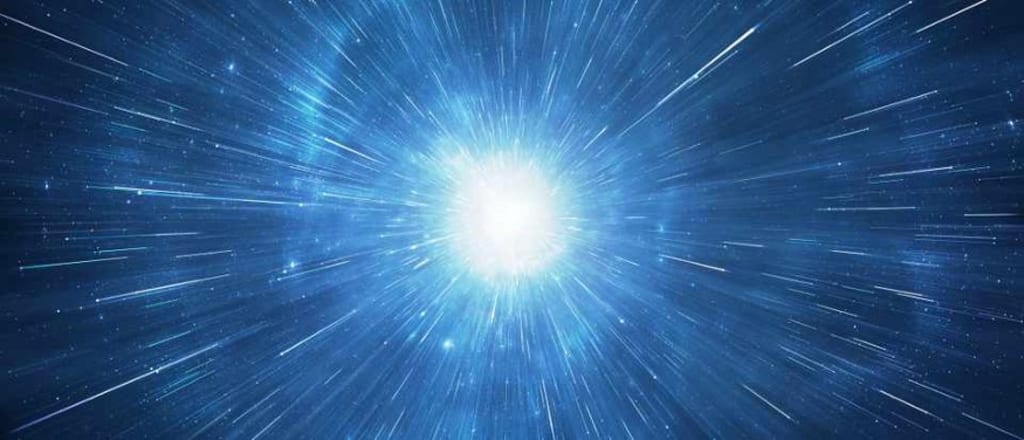
Light is a form of energy, an electromagnetic radiation which is the fastest traveling entity. It travels at a baffling speed of 299,792,458 m/s. This is fast enough to travel around the earth over 7 times in a single second. The fastest humans have ability to travel across space is 587,000 km/h, which is attained by the recently launched Parker Solar Probe, which is currently revolving around the sun. This is a measly 0.0005433333 times the speed of light. This is enough to travel to the moon and back in close to an hour and 20mins. Though the light from moon travels to earth in less than 2.5 seconds.
Today we will take a journey across the space at the speed of light. Our closest celestial neighbor is the moon, which is located at a distance of 284,400km which as we have discussed takes about 2.5 seconds to and fro. The moon is the only satellite revolving around our planet that regulates a lot of natural phenomena on earth ranging from tides to migrating animals.
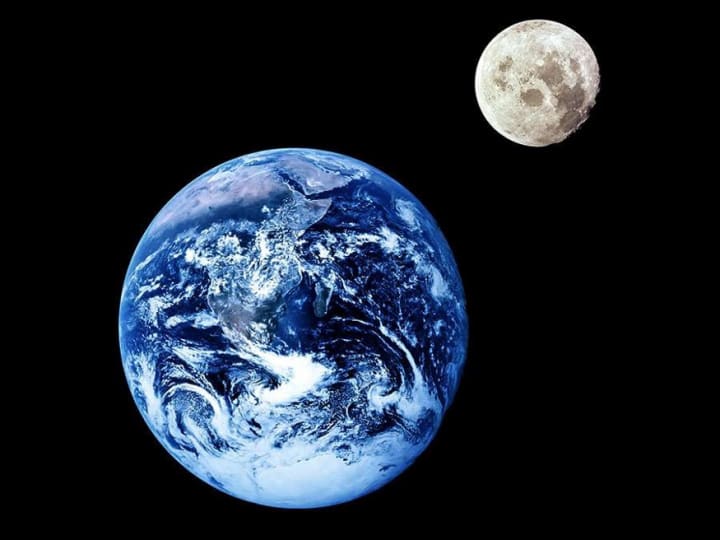
The Closest Planets
The closest planet to the Earth is, well, debatable, so lets look at all three contenders. In most scenarios, Venus is the closest planet to us from where light takes 2.3 minutes to travel to us. While from Mars, which is closer to us a few times in its orbit, light takes an average of 4.3minutes to reach earth. While mercury might be far farther away from us than Mars or Venus most of the times, but the average distance over a larger period of times makes it closer to us. The time taken for light to reach us from Mercury is close to 5.1 minutes.
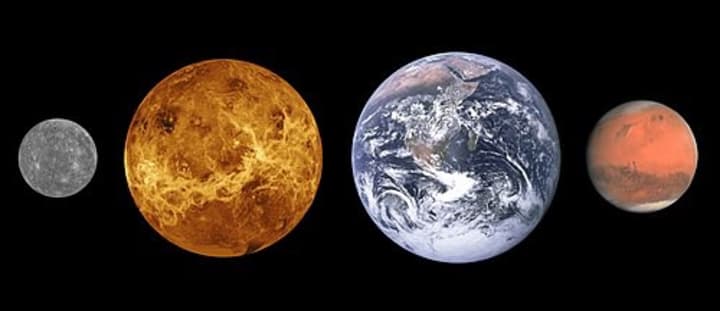
The Sun
The time taken for light to reach the Earth from the surface of the Sun is about 8mins and 21 seconds. The time taken for light to reach the earth from the center of the sun is a whole different story which we will discuss in the next article. The Sun posses the central binding force, keep all the celestial objects in the solar system together. It is the major source of energy on the planet Earth for plants as well as Humans.
It weighs in at a whopping 1.989 × 10³⁰ kg.
The surface temperature of the Sun is about 6000K similar to the core temperature of the Earth, while the core temperature of the Sun rises up to 27 million Kelvin.
The sun is basically fuel by billions of nuclear bombs exploding in its core. The sun fuses about 500 million metric tonnes of hydrogen every second.
The surface gravity of the sun is about 28 times that of earth.
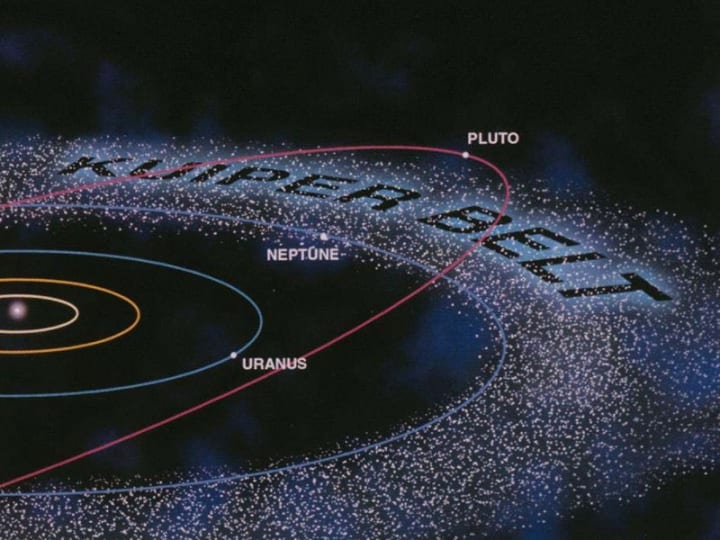
The Oort Cloud and the Kuiper Belt
Now let's travel even further and cross our solar system, after crossing the planet Neptune, we reach a circumstellar disc, called the Kuiper Belt, consisting of a large quantity of rocky-icy asteroids. Scientists believe that this belt is the origin of most of the comets. Beyond the Kuiper belt, the orbit of Neptune, Uranus, and Pluto, there exists another Belt of asteroids known as the Oort Cloud. This mostly consists of millions of icy planetesimals which are at a distance of 2000 to 200,000 Astronomical Unit (1AU = 150 million km). It takes light about 2 years to travel from the sun to the Oort Cloud, while the Voyager 1, which travels at about a million miles per day will take close to 300 years to reach the Oort Cloud from the earth.
The Alpha Centauri Star System
The closest star to our planet Earth is the red dwarf Proxima Centauri, which is about 4.2 light-years away. It is about 0.12 solar masses or 0.12 times the mass of the Sun. The star has a surface temperature of about 3042K. This star belongs to the Alpha Centauri star system, the star Alpha Centauri is about 4.4 lightyears away from the earth. Alpha Centauri is slightly more massive than the sun and about 1.5 times brighter as well.
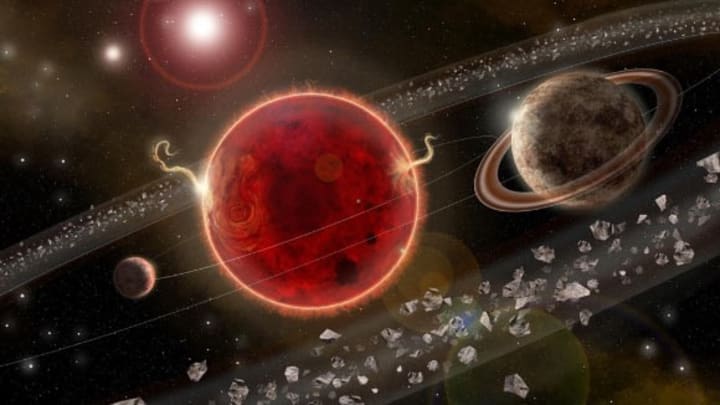
The Andromeda Galaxy
The Andromeda Galaxy is the closest galaxy to the Milky-Way galaxy, which is about a 2.5million light-years away, or it takes about 2.5 million years for light to reach from the Andromeda Galaxy to the Earth. On a moonless night, the light from the galaxy is visible as a red speck. The time taken by light to reach earth from Andromeda Galaxy means what we see of the Galaxy is how it used to look about a 2.5million years ago. The Andromeda Galaxy is projected to crash into the Milky Way Galaxy in about 4.5 billion years. The Andromeda is approaching the Milky Way at a speed of 110 km per second. The Andromeda galaxy is believed to have collided with at least one other galaxy in the past while the Milky Way consumed several dwarf Galaxies.
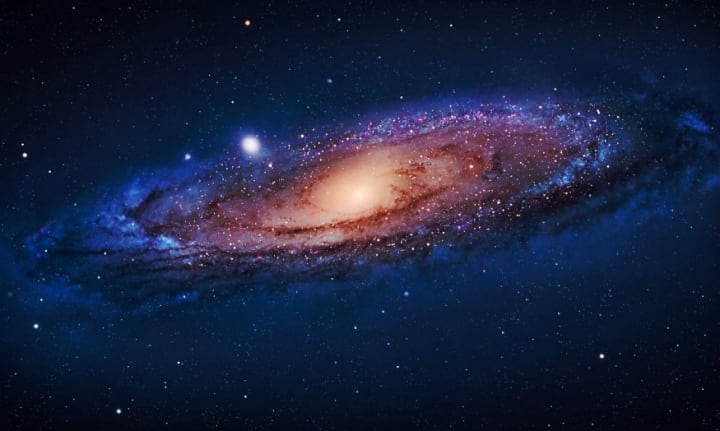
Miniscule and Supermassive Black Holes
The Closest black hole to the Earth is minuscule black hole known as The Unicorn, this black hole is about 1500 light-years away and is believed to be about just 3 times more massive than the sun. This is the smallest know black hole in the Milky Way. A Red Giant orbits this tiny black hole to form a binary system. But this was on the tiny spectrum, there is a black hole in the center of the Milky Way which comes under the class of Supermassive Black Holes. This black hole is close to 4 million times more massive than the sun and has the remains of a blowtorch-like jet of material from an outburst that occurred several thousand years ago. It is assumed that this black hole is the central force keeping the Milky Way intact like a huge solar system, but that is not true. The Sun consists of about 99.98% mass of the solar system, while this black hole is less than 0.00004% the mass of the Milky Way. The formation of such black holes is supposedly by eating up smaller black holes, which in turn are formed when Massive stars exhaust the fuels and collapse under their own gravity.
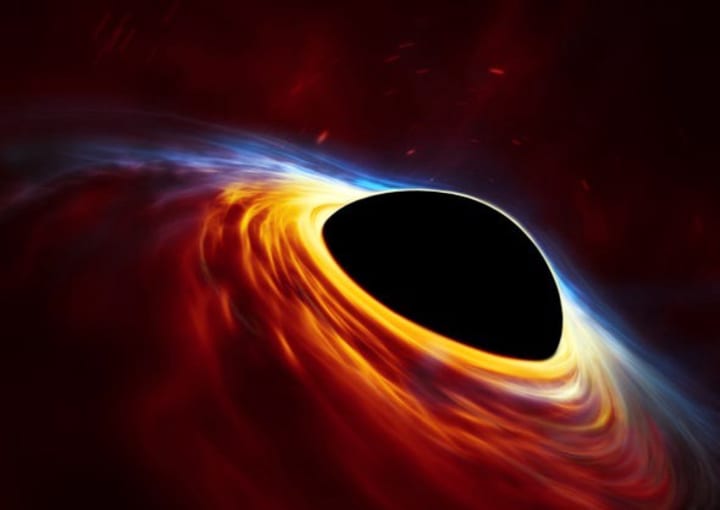
The Helix Nebula or the GOD’s EYE
The last thing on our travel list is The Helix Nebula. This nebula is the remanent of a dying star located at a distance of about 690 light-years from the Earth. Nebulae are made of dust and gases — mostly hydrogen and helium. The dust and gases in a nebula are very spread out, but gravity can slowly begin to pull together clumps of dust and gas. As these clumps get bigger and bigger, their gravity gets stronger and stronger.
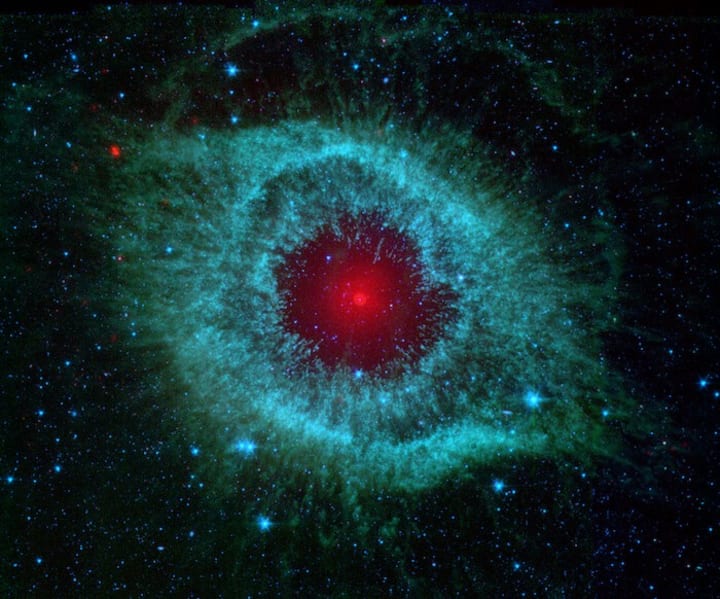
The Helix Nebula is also called the GOD’S EYE or the EYE of THE GOD because of its appearance. The image of the Nebula was first taken in the 2002 by the Hubble’s Telescope.
Even while sitting here in the comfort of your home, we have travelled over 20,860,900,000,000,000,000,000,000 kilometer.
Author: Kartikeya Agarwal
To Learn more about the Parker Solar Probe refer: Understanding the center of the Solar System : Parker Solar Probe
About the Creator
Bleeding Edge
A one-stop destination for all the tech around the world. Bleeding Edge is an analytics hub, sharing top software, companies, rankings and reviews.
Enjoyed the story? Support the Creator.
Subscribe for free to receive all their stories in your feed. You could also pledge your support or give them a one-off tip, letting them know you appreciate their work.


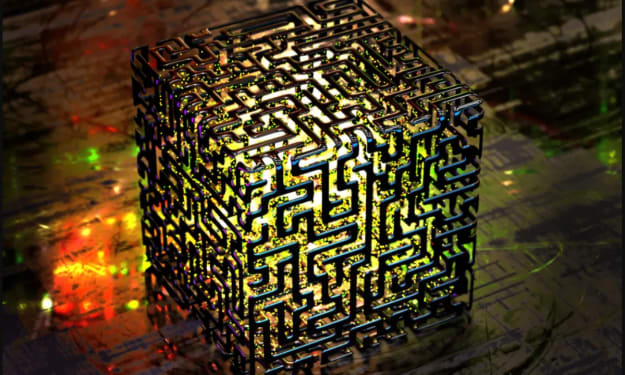



Comments
There are no comments for this story
Be the first to respond and start the conversation.